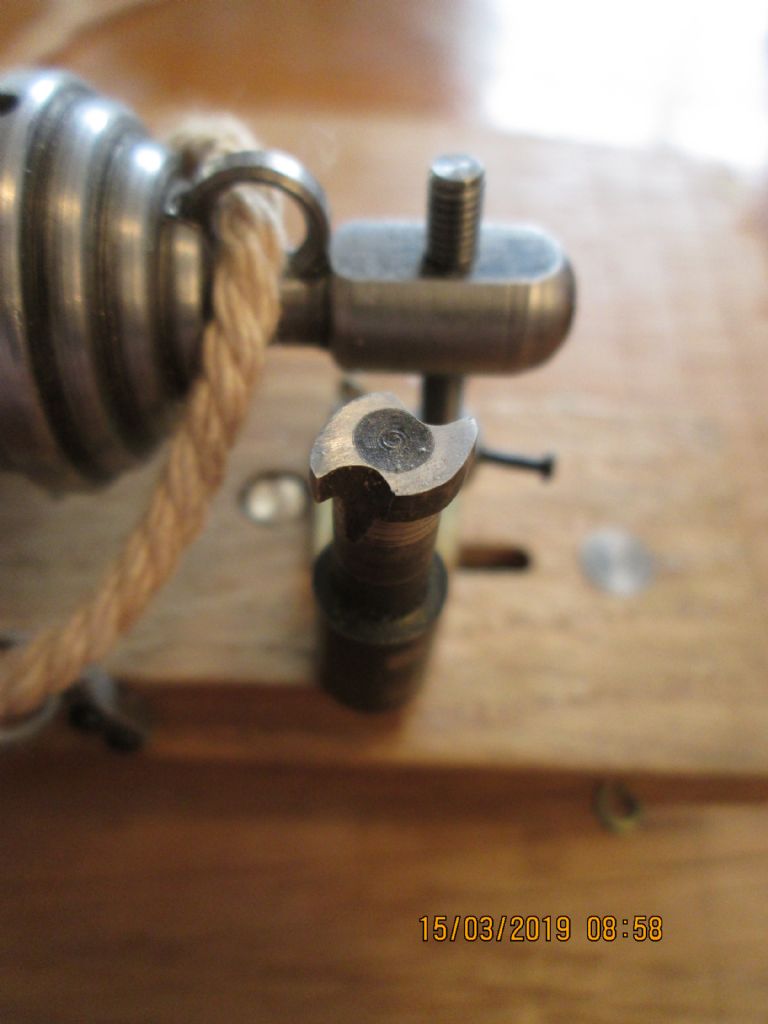Posted by Chris TickTock on 22/03/2020 10:14:59:
Hi,
Now my knowledge to date with regard to hardening a piece of silver steel after machining it comes down to heating it to cherry red then quenching in water or brine. The object I wish to harden is a 1/4 inch square silver steel clock wheel cutter, this one will be used to cut brass but other may be used to cut pinions in harder steel.
Issues; I have come across a post referring to the risk of burning off finer parts of the cutter when heating and that you should bring the temperature up in a more staged process.
has anyone got any recommendations as to a good attack plan. I have a Smith little torch with oxygen and propane as well as various hand torches if needed.
…
Chris
A bad attack plan is the Smith Little Torch with Oxygen. It produces a small high-temperature flame, ideal for making small lumps of metal very hot in one particular place, but rotten for this job, ie warming a relatively large cutter to a consistent red heat without overheating the thin cutting edge.
I'd lay the tool on a heatproof insulating brick with a couple of bits of wire underneath to allow space for flame to penetrate underneath. Then, in a dim indoors light, I'd heat the tool from the fat end with an ordinary DIY Store type Butane Torch. Compared with a Smith, they produce much more heat at a lower temperature, which is what's wanted hereat .
The goal is to heat the whole tool cherry red without going bright red, orange or yellow at the tip. Hold the tool tool at red heat for a few minutes, then pick up with pliers and as quickly as possible stir vigorously deep into a litre or two of cold water.
Silver steel is quite forgiving; it's also possible to hold a cutter like yours in a mole wrench and heat it by hand in air. Requires a bit more skill – the insulating brick makes it easier to control the heat; neither too hot, or too cold, or wild excursions.
I wouldn't bother tempering if the cutter is for Brass. Tempering swaps hardness & brittleness for toughness, which is useful when the tool is cutting steel, but cutting brass is less likely to break a brittle tool , and the edge will last longer if it's left very hard. Tempering isn't critical, heat to about 200C ±20°C for about an hour and then allow to cool slowly to room temperature in the oven.
Dave
Edited By SillyOldDuffer on 22/03/2020 11:56:49
IanT.







